Blog Article
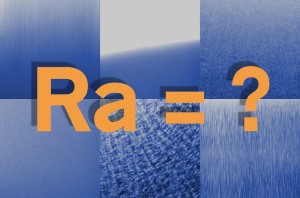
Typical Average Roughness values for various machining operations
April 13, 2022Ra (Roughness Average, or average roughness) is the average height of all measured points on a surface. Ra is the most widely used surface texture parameter. As we’ve mentioned elsewhere
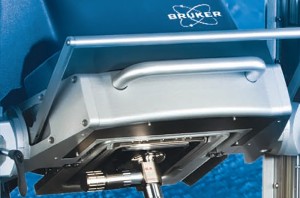
Choosing an interferometric objective
April 6, 2022Though an optical profiler and stylus measurement system are very different technologies, they do also have some similarities. If you are used to working with stylus-based measurement systems, you know
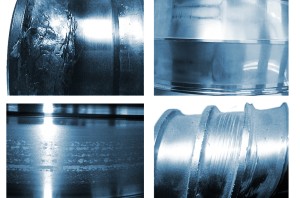
Wear means “material removal”…doesn’t it?
March 30, 2022When we think of how to measure wear, the first thought might be to quantify how much material has been removed from a surface. We might look at a change
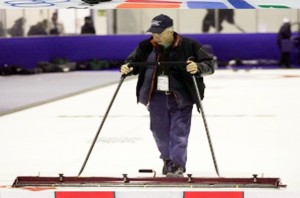
Curling: the international sport of tribology!
March 23, 2022Curling is an international, Olympic sport that is a challenge of both skill and strategy. If you search the Internet, you’ll find videos describing the immense amount of care that
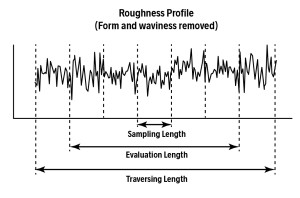
Traversing length, evaluation length and sampling length
March 16, 2022Download this article as a PDF When measuring roughness with a stylus-based system you’ll hear the terms “traversing length,” “evaluation length” and “sampling length.” It’s important to understand their specific
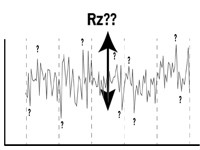
When Rz isn’t Rz
March 9, 2022Download this article as a PDF Rz is always Rz…isn’t it? Usually, but not necessarily. Rz, the average maximum surface height, is one of the most widely used surface texture parameters.
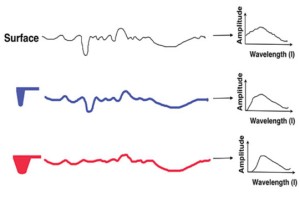
Quality 101: Texture Measurements – Quality Magazine
March 7, 2022…Modern metrology instruments, methods and surface texture parameters have made it possible to describe, in great detail, the functionally important features of a surface’s texture. A key aspect of surface
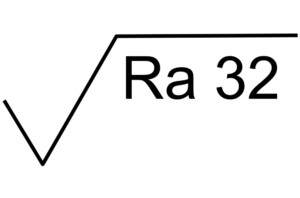
Average Roughness basics
January 23, 2021How do I measure Ra 32? or 32 Ra? or 32? Download this article as a PDF Average roughness (Ra) is the tip of the deep and complex world of
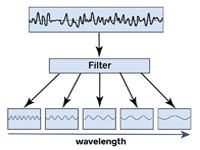
Multiscale surface texture analysis in action
December 20, 2020Paint appearance is critical to the perception of quality, particularly in consumer goods such as automobiles. We’ve written frequently in this blog about surface texture consisting of a spectrum of
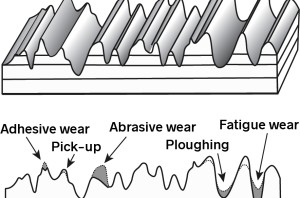
When wear looks like filtering (and vice versa)
November 19, 2020Wear between two surfaces in contact can take the form of mechanisms such as ploughing, abrasion, adhesion, fatigue, etc. The initial phase of a component’s life will involve some period
